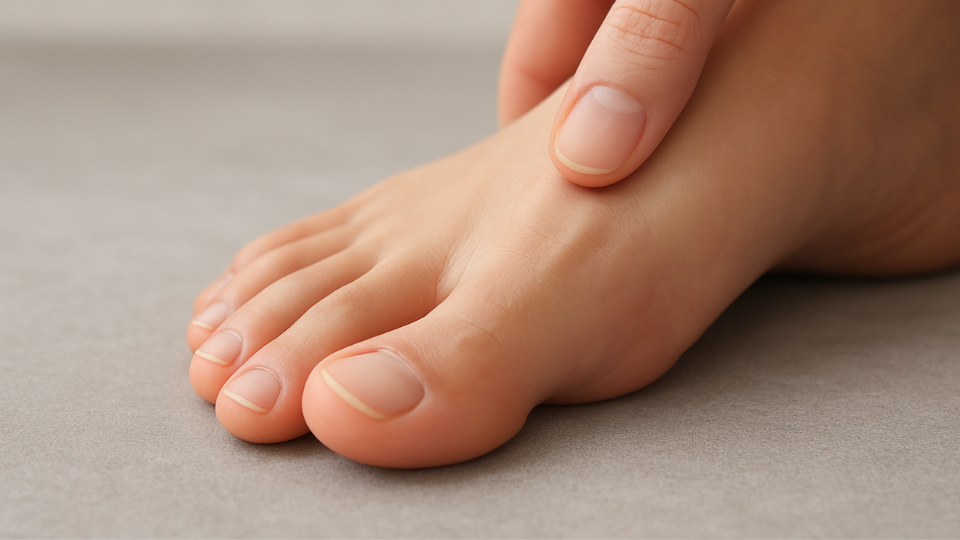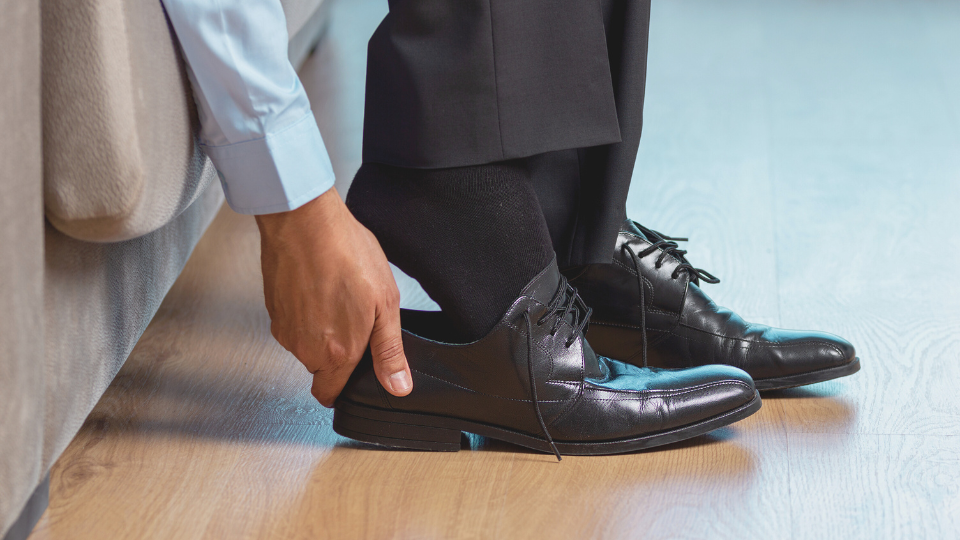Toenail Pain Without an Ingrown Nail: Causes, Treatment, and When to See a Doctor
Toenail pain but no ingrown nail? Learn common causes, safe treatments, and when to see a podiatrist at FAS The Woodlands if your toenail hurts when pressed.

Hammertoe is one of the most common foot deformities among Americans. While you may be genetically prone to the condition, there are things you should be doing to lower your risk for this painful condition.
Hammertoe can be a painful condition that limits what you can do physically. The condition can also require surgery if you put off treatment for too long.
At Foot and Ankle Specialists, with locations in Houston, The Woodlands, and Huntsville, Texas, our skilled podiatrists have extensive experience treating hammertoe and other podiatric conditions. We can also suggest lifestyle changes you can make starting now to reduce your risk for additional hammertoe complications.
Hammertoe is a type of deformity that develops in your second, third, and fourth toes. When muscles in your foot or leg become weak, it causes the tendons to pull your toes in an awkward bent position.
In the early stages of hammertoe, the affected toe joints remain flexible. Over time, the joints can stiffen and ultimately become rigid and unmovable. For this reason, early medical intervention is necessary to prevent surgery.
As your toe joints become less flexible, you might experience pain when you try to move them. You may also experience pain in the ball of your foot due to the tightened tendons.
Many people with hammertoes also develop corns and calluses, which can be irritated by socks and shoes and become painful.
Weakness in the muscles that pull on your toe tendons can stem from an imbalance in your muscles. This imbalance may be genetic and lead to flat feet or high arches that increase your risk for a hammertoe deformity. You may also be more likely to develop hammertoe if you have underlying medical conditions like diabetes.
Often, the root cause of hammertoe develops from poor-fitting shoes. If you wear shoes like high heels that are too narrow or your footwear isn’t the right size, you can put pressure on your toe joints and develop a hammertoe deformity.
While trauma is a less common cause of hammertoe, you can be at risk for the condition if you injure your toe during sports or in a fall.
In the early stages of hammertoe when your toe joints are still flexible, you may be able to correct the condition with custom orthotics. However, if you wait too long for treatment, you’ll likely need surgery to release tightened tendons and realign your affected toe joints.
To lower your risk for chronic foot pain and the need for surgery, we recommend these tips to prevent hammertoe:
One of the best things you can do for your feet is to wear high-quality, supportive shoes. Aim for a shoe that’s wide enough to accommodate your toes, so they aren’t under constant pressure.
You may also benefit from selecting shoes that offer good arch support to reduce pressure on your muscles and tendons.
There are certain exercises that target your toes to keep your muscles and joints healthy and flexible. We recommend exercises that are right for you based on your health, your foot shape, and your physical abilities.
One common exercise you can do is extending and curling your toes. You can do this type of exercise anywhere to relieve discomfort and lower your risk for hammertoe.
Regular foot checks help you stay on top of calluses and corns that can become painful. We can show you how to safely remove hardened areas of skin using a pumice stone or foot file. You should also regularly moisturize the skin on your feet to prevent cracking and sores.
If you have calluses or corns that are too painful to deal with on your own, schedule an appointment so our podiatry team can care for your skin properly.
If you have symptoms of hammertoe, call the Foot and Ankle Specialists office near you or Request a consultation today.

Toenail pain but no ingrown nail? Learn common causes, safe treatments, and when to see a podiatrist at FAS The Woodlands if your toenail hurts when pressed.

Learn what happens when your shoes are too small, the symptoms tight shoes can cause, and how to protect your foot health. Expert care at FAS The Woodlands.